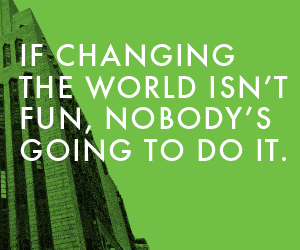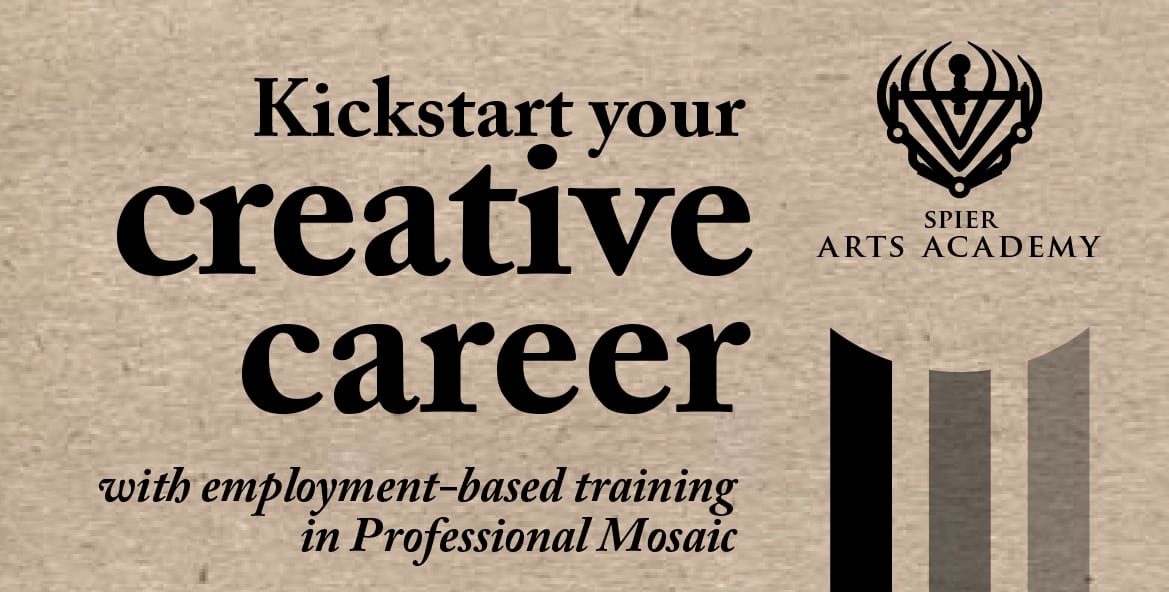Michael Titlestad wonders whether we would be better off not searching for sugar men
Carnival City – that surreal neon oasis in the desert of the East Rand’s slump – was the perfect venue for the Johannesburg leg of the Rodriguez’s Searching for Sugar Man tour. It is a casino and hotel complex; a radiating pastiche of elements of circus history evacuated of any suggestion of the carnivalesque. Giving in to my OCD and a desire to see the audience arrive, I was the fourth person in the Big Top Arena, which seats 5 500. I had, as it were, the entrances covered, watching a trickle then a stream of people. In my rough calculations, two thirds were middle-aged and a third young. It became evident in the course of the evening that they were united in their determination to re-enact the rapturous reception of Rodriguez which is the climax of Malik Bendjelloul’s universally acclaimed film. Indeed, this tour was billed as the tour of the film; an attempt to reiterate Rodriguez’s first South African visit – his advent. Even without recourse to words such as ‘capitalisation’, we might be skeptical of efforts to restage an epiphany.
Rian Malan, who interviewed Rodriguez on that first tour and who features in Bendjelloul’s film, describes it as a ‘magical documentary about Rodriguez’s life, death and miraculous resurrection’.1 The narrative is easily summarised. The album Cold Fact, co-produced by Mike Theodore and Dennis Coffey who first saw Rodriguez performing in a downtown bar in Detroit in 1968, caught on in South Africa, selling around 500 000 copies in the 1970s and 1980s. A second album, Coming from Reality (titled After the Fact in South Africa), produced by Steve Rowland and recorded in the UK, was released in 1970. Both sank without trace in the US and the UK, and Rodriguez slumped into oblivion, living in the disintegrating inner city of
Detroit where he worked in construction. Due to the dishonesty of a Sussex Records executive, the villain of the film, he was oblivious to his South African success and received no royalties from the sale of his records. He was tracked down by two South Africans, a tour was organised and he performed to a rapturous reception.
Searching for Sugar Man was selected for screening at the Sundance Film Festival, recently won a Bafta and the Oscar for best documentary feature. It is the most successful documentary ever screened in South Africa (it has grossed over R54 million). In his ecclesial verve, Malan attributes its success to South Africans’ pride in having recognised Rodriguez’s excellence: that he is now a legend vindicates the judgment of ‘old whitehippies’.2 We recognised that Rodriguez was ‘an authentic American legend’,3 while those in his own country continued oblivious. Had he known of his fame and success, his life might have taken a different turn. Fortunately, we have spearheaded his revival and have assured his belated recognition: we accorded him his rightful status and now, on the basis of Bendjelloul’s redemptive quest narrative, he is setting out on a sold-out tour of New Zealand, and then on to various festivals. Even paying R500 to see him perform at Carnival City and the R200 I paid for the t-shirt felt like an act of restitution. We are making up for lost time and opportunity by assisting Rodriguez in the altruism and beneficence to which his daughters testify so eloquently in the film.
Is it unsurprising that amongst the 5 500 faces I scrutinised row by row I spotted one Indian and one black couple? Whatever else the resurrection of Rodriguez means it is a white affair. I can imagine no other music event in South Africa, except perhaps a Kurt Darren concert, where the audience would be so homogenous.
Rodriguez’s performance in the Big Top Arena on 13 February 2013 was an embarrassment. Disorientated by age or drunkenness (given that I am an aging recovering alcoholic, I suspect both), he shuffled and slumped his way through his limited repertoire, which he incremented with an eccentric selection of covers (‘Fever’, ‘Sea of Heartbreak’ and ‘Blue Suede Shoes’). He drank constantly from two white teacups on a table to his right, and twice, in reaching for them, knocked over the bottled water.
His vocals were weak, wavering and often off-key. Perhaps we should be generous and forgiving: imagine ourselves in the presence of an aging singer, more quoting than performing his repertoire (in much the way that Elvis in Vegas bulged in a sequined white outfit pretending through a haze of amphetamines to be himself). Rodriguez slurred his way through the songs with a complete lack of engagement. His guitar work was clumsy – he missed changes and constantly muddled the rhythm. Had he not been ably supported by a competent group of session musicians, who gracefully navigated his mistakes, he would have sounded like so many school and army friends I remember who at some point in a drunken evening felt compelled to fetch a guitar and eviscerate ‘Sugar Man’. Unsurprisingly, when Rodriquez eventually realised his guitar was out of tune, he had to summon a roadie to tune it for him.
Read more in the current issue of Art South Africa Volume 11 Issue 4, on shelves now OR buy our digital edition here
Michael Titlestad



